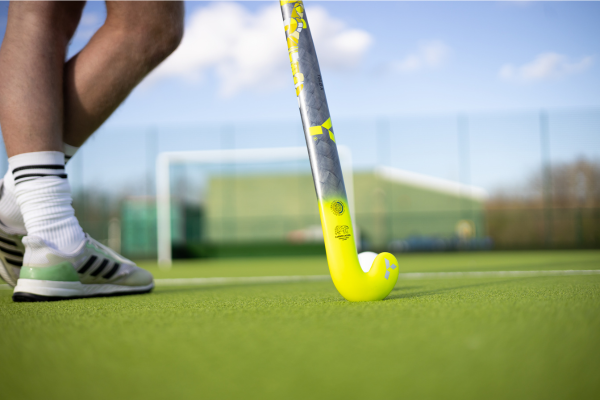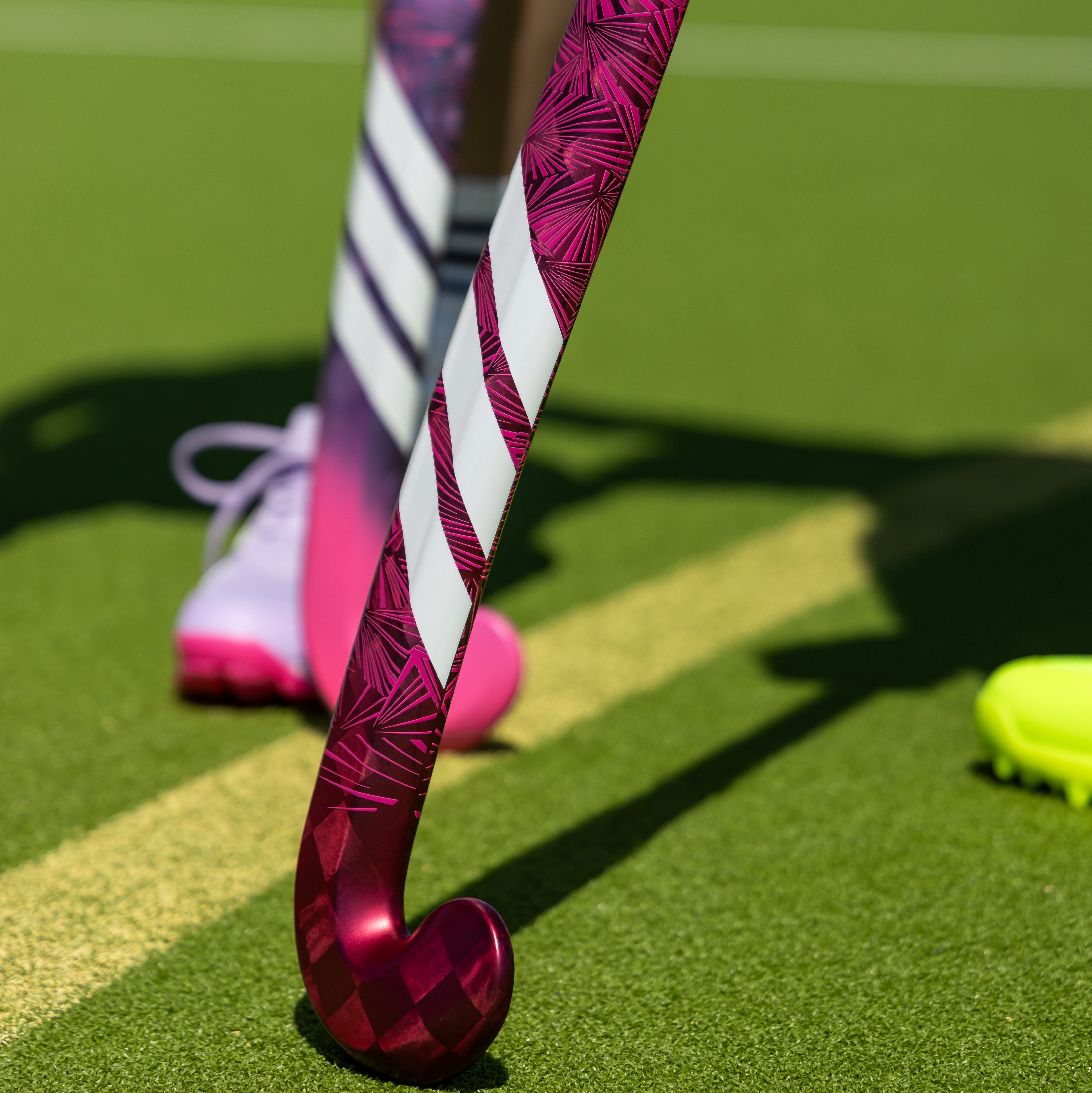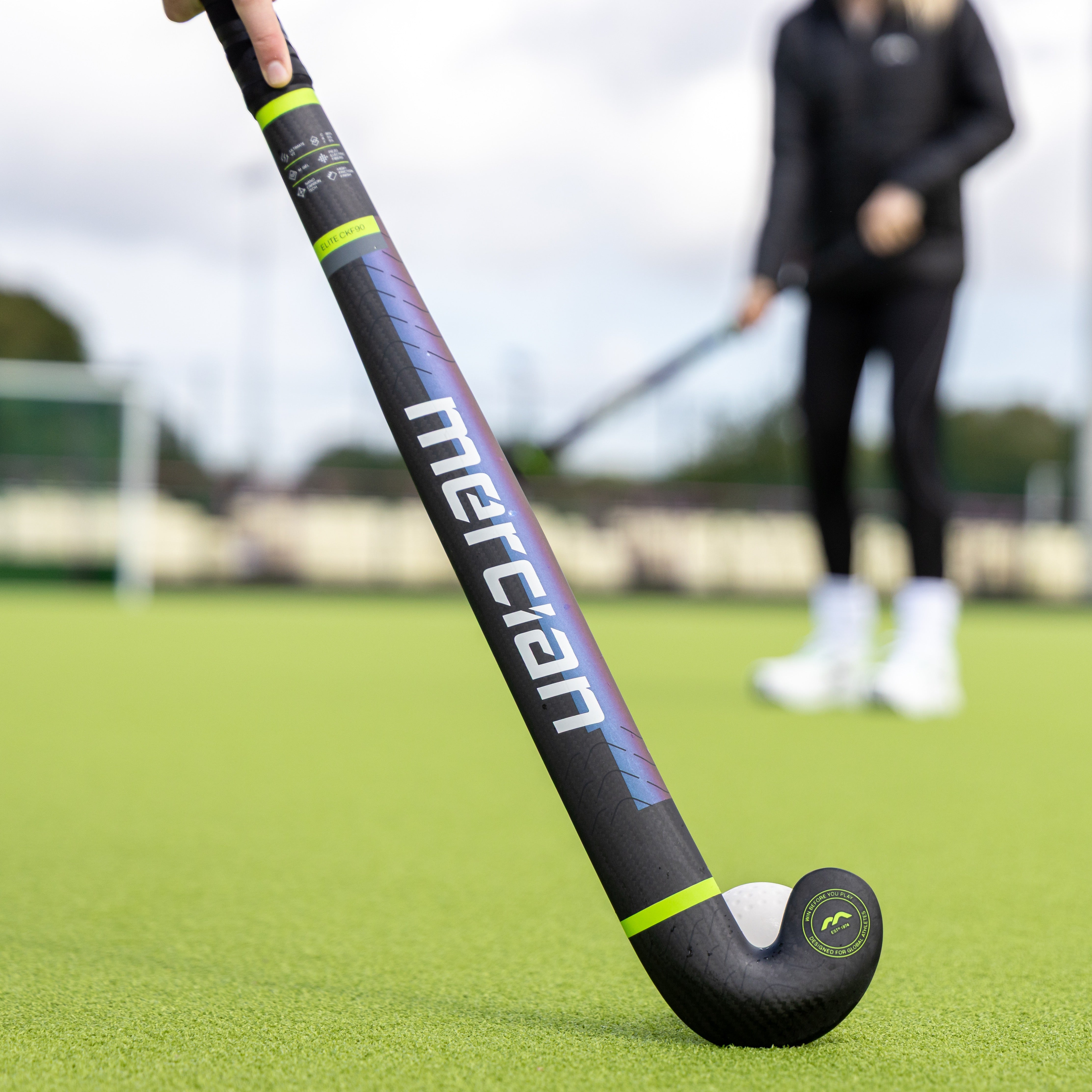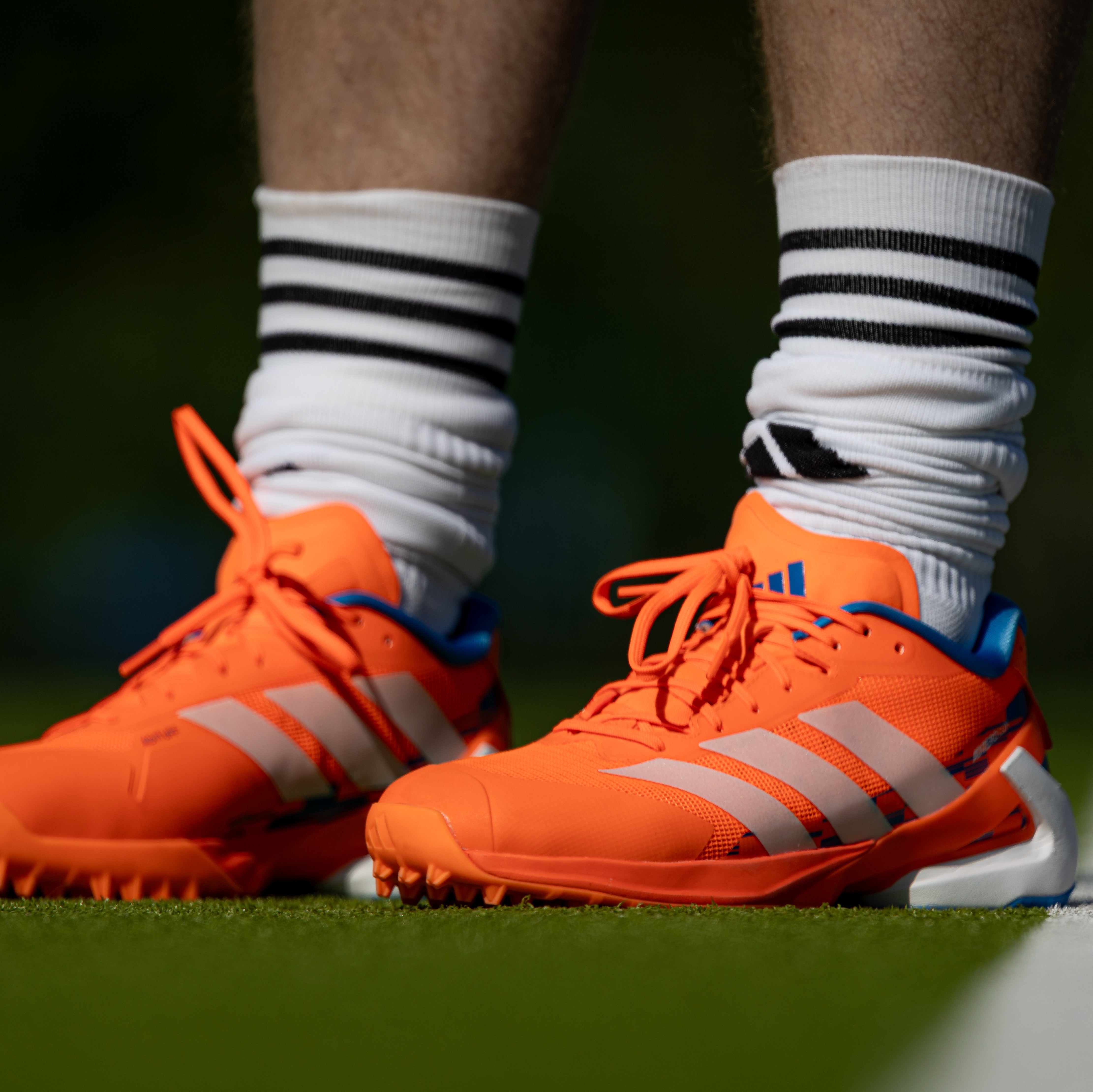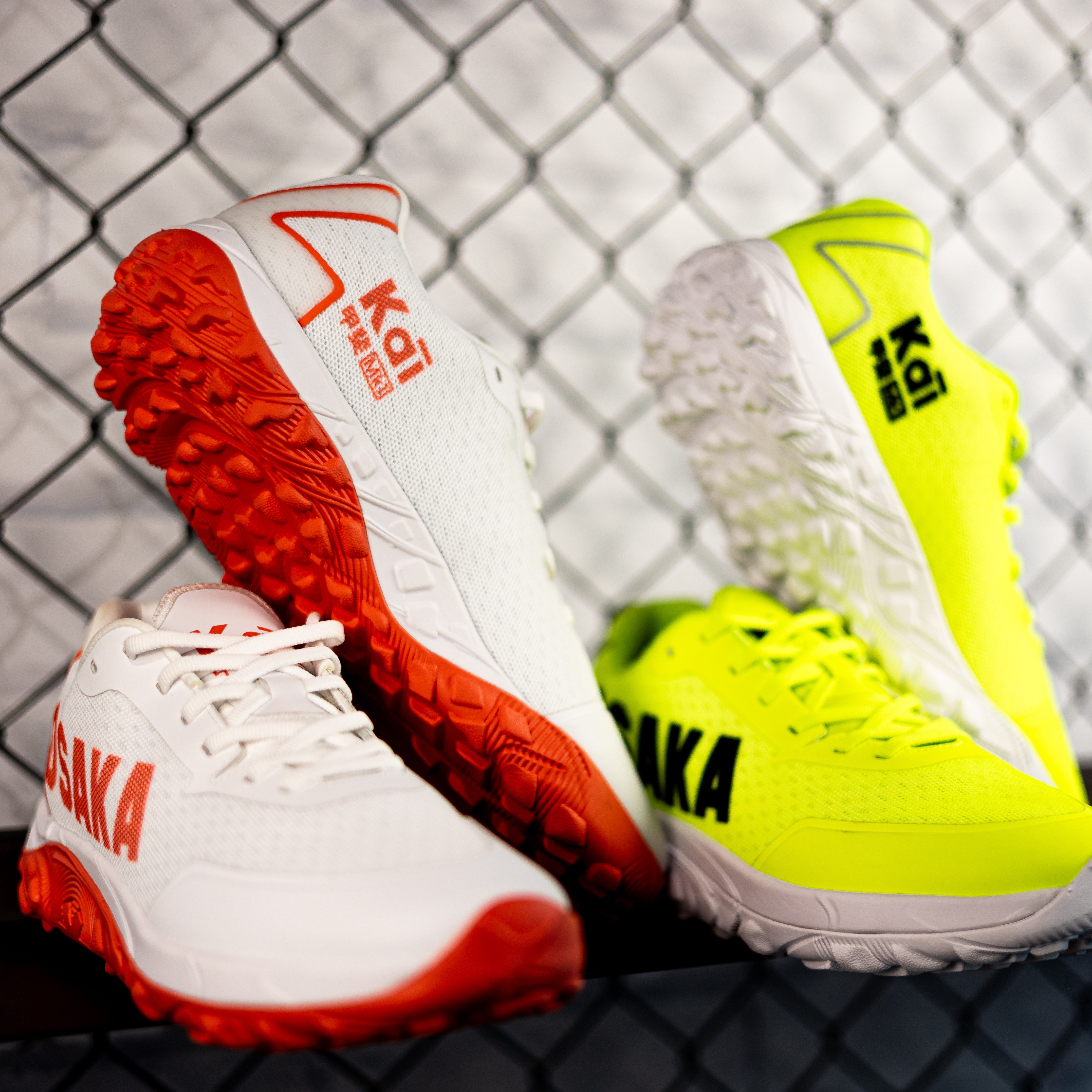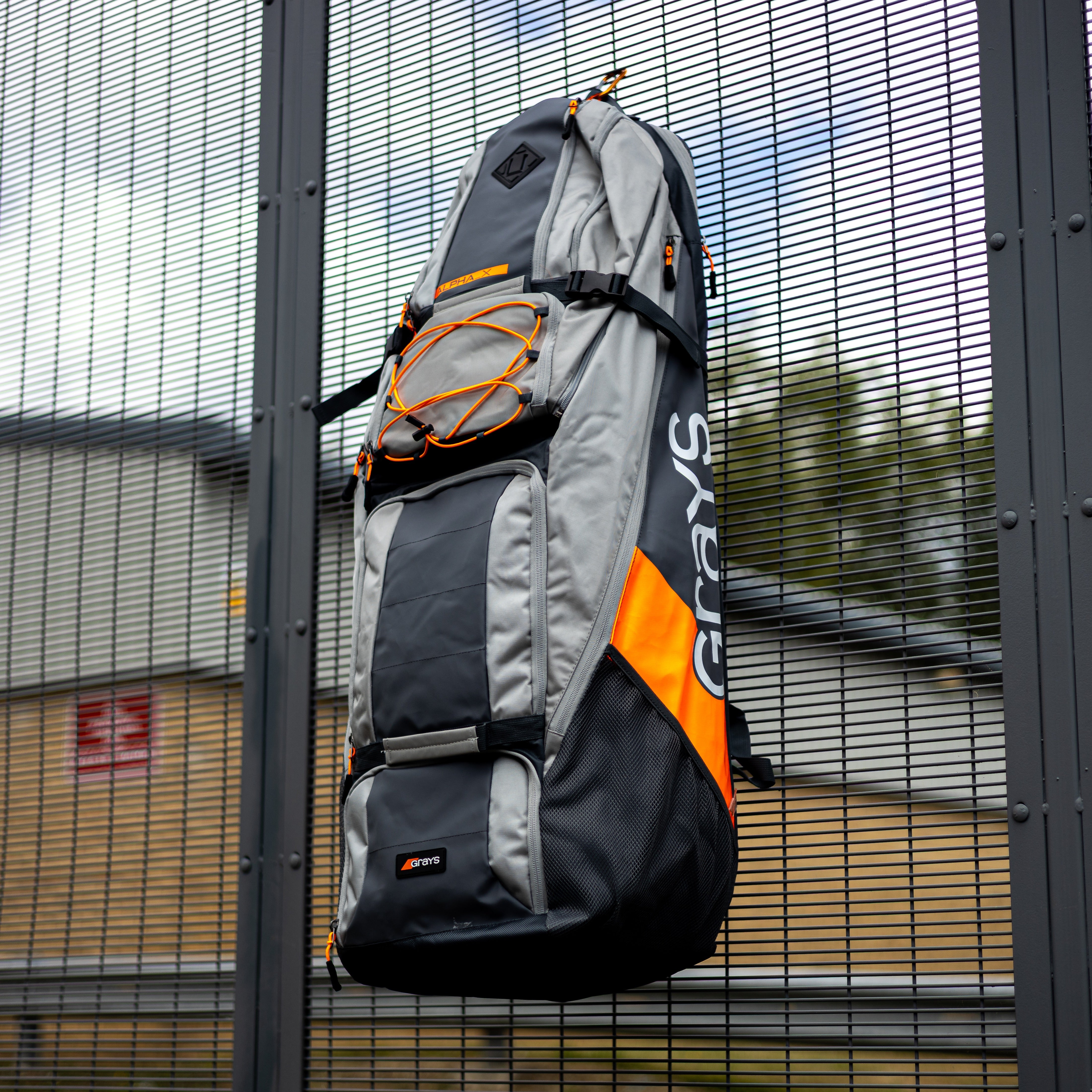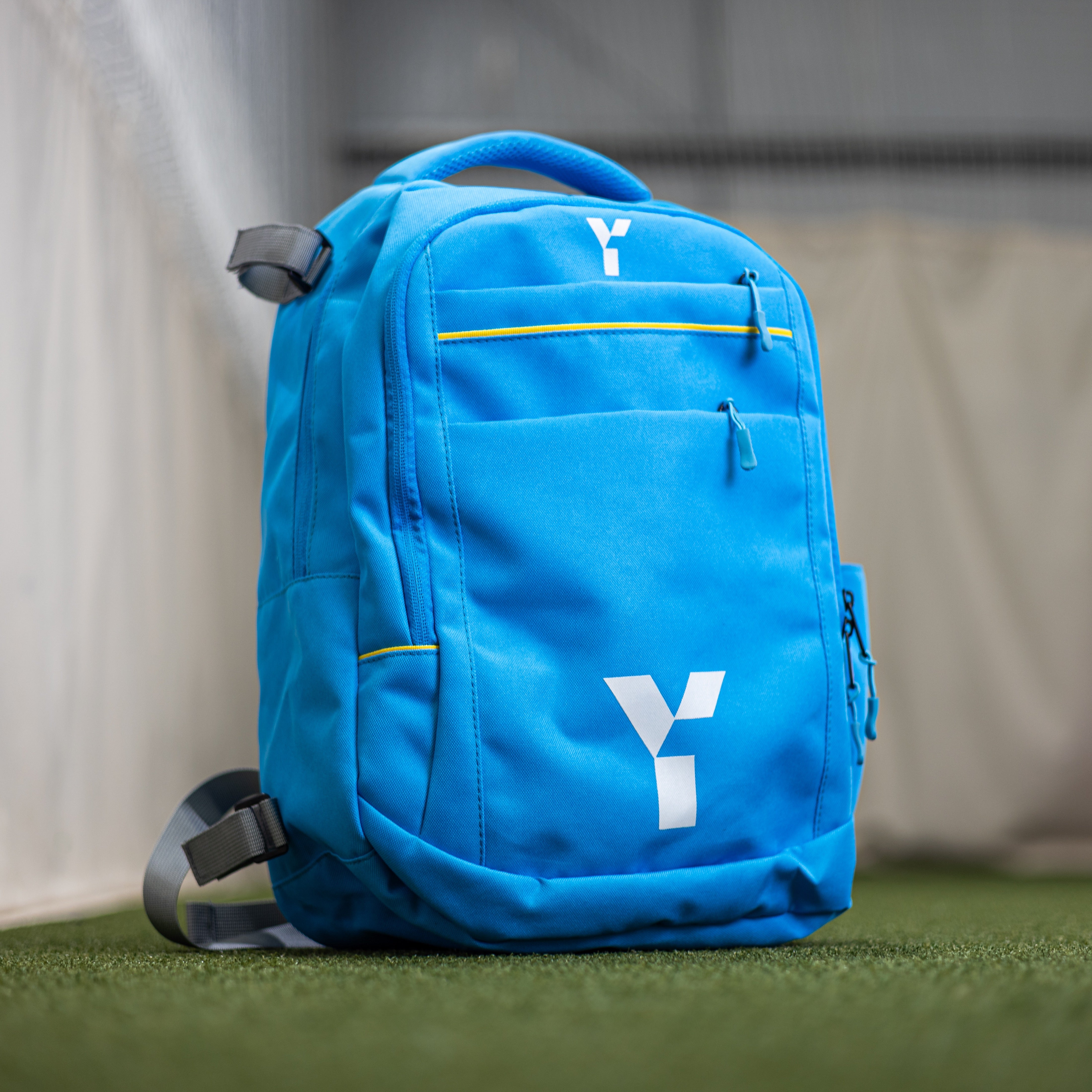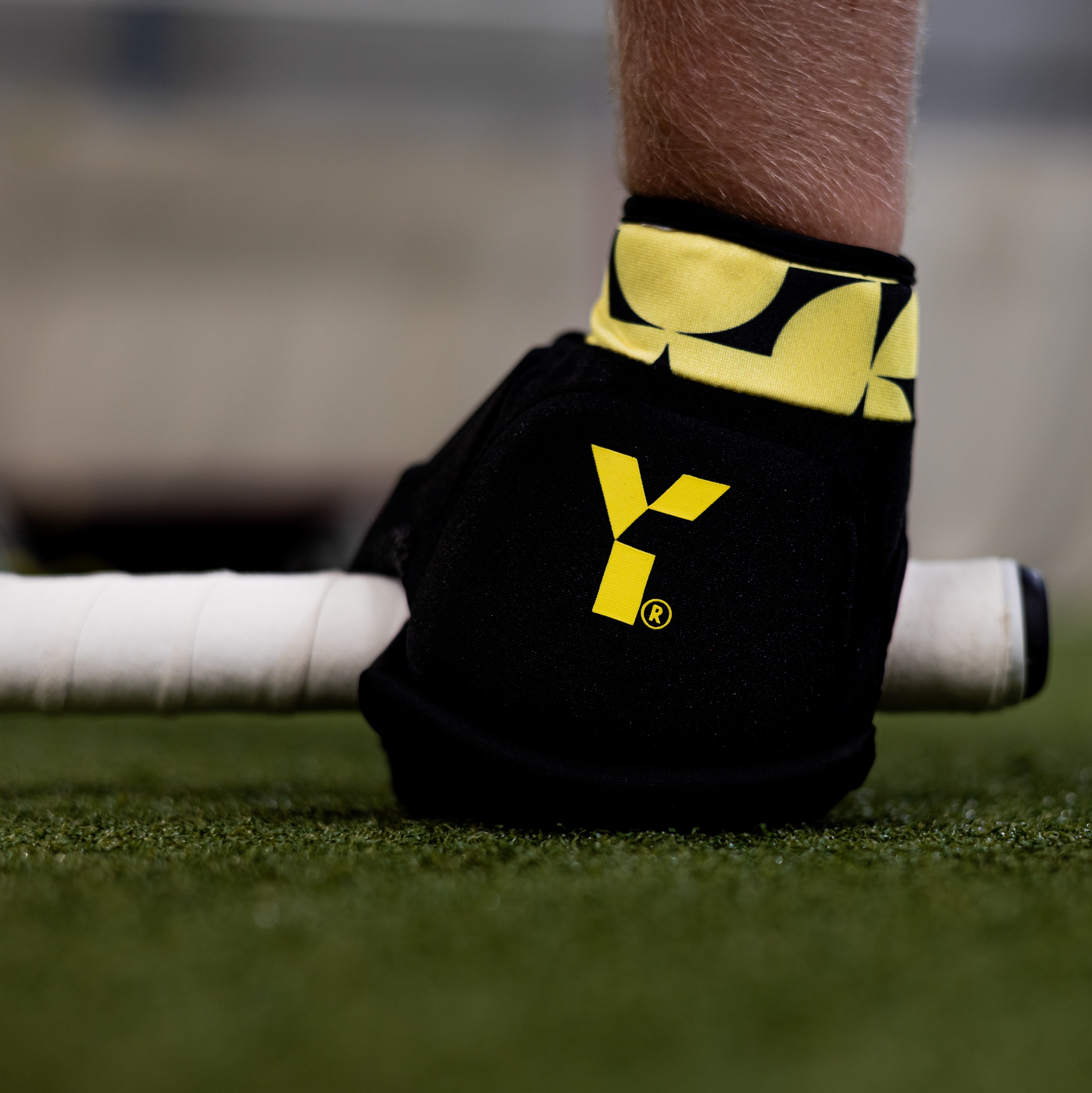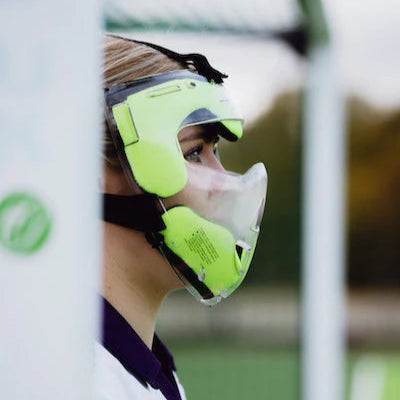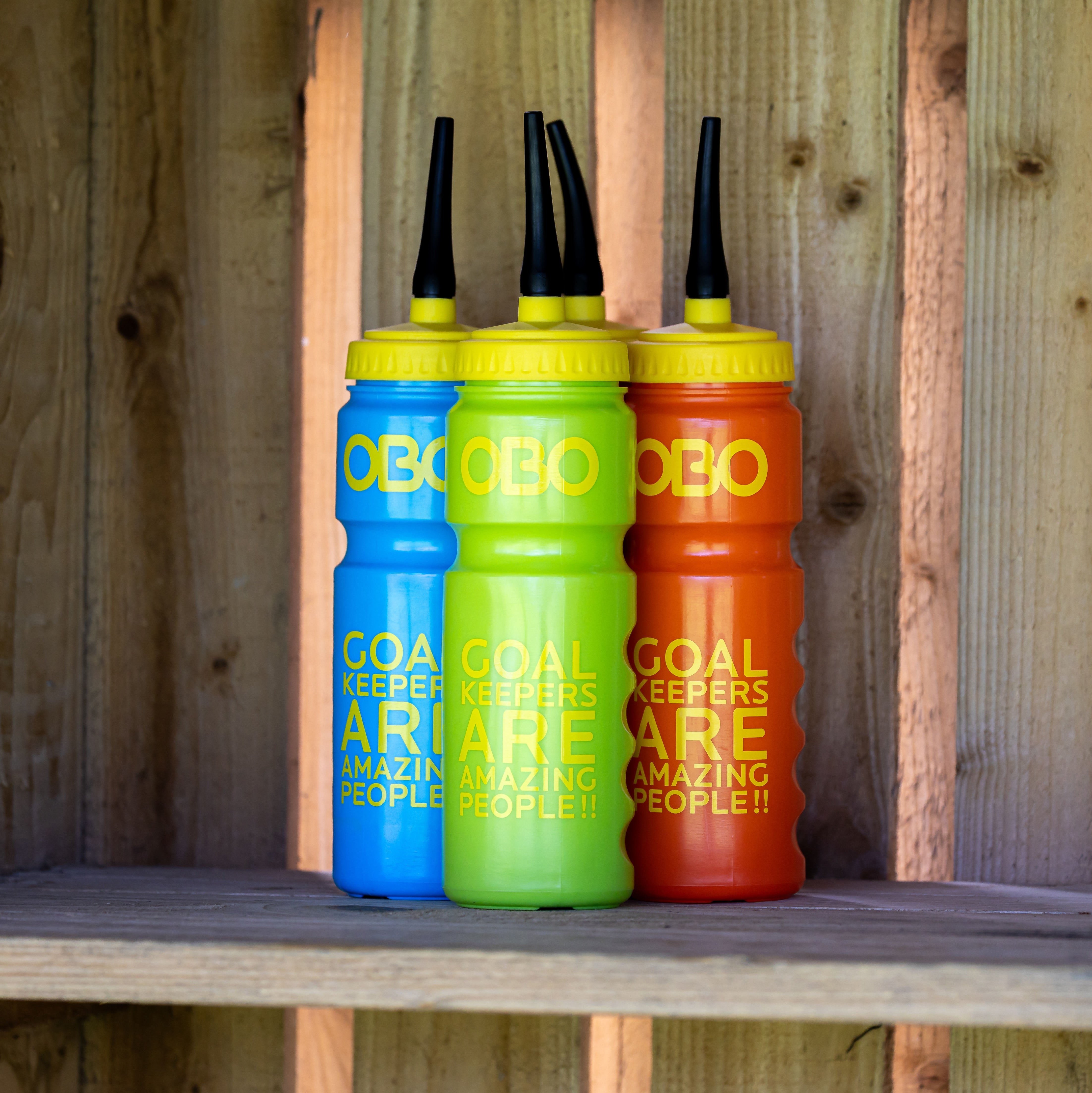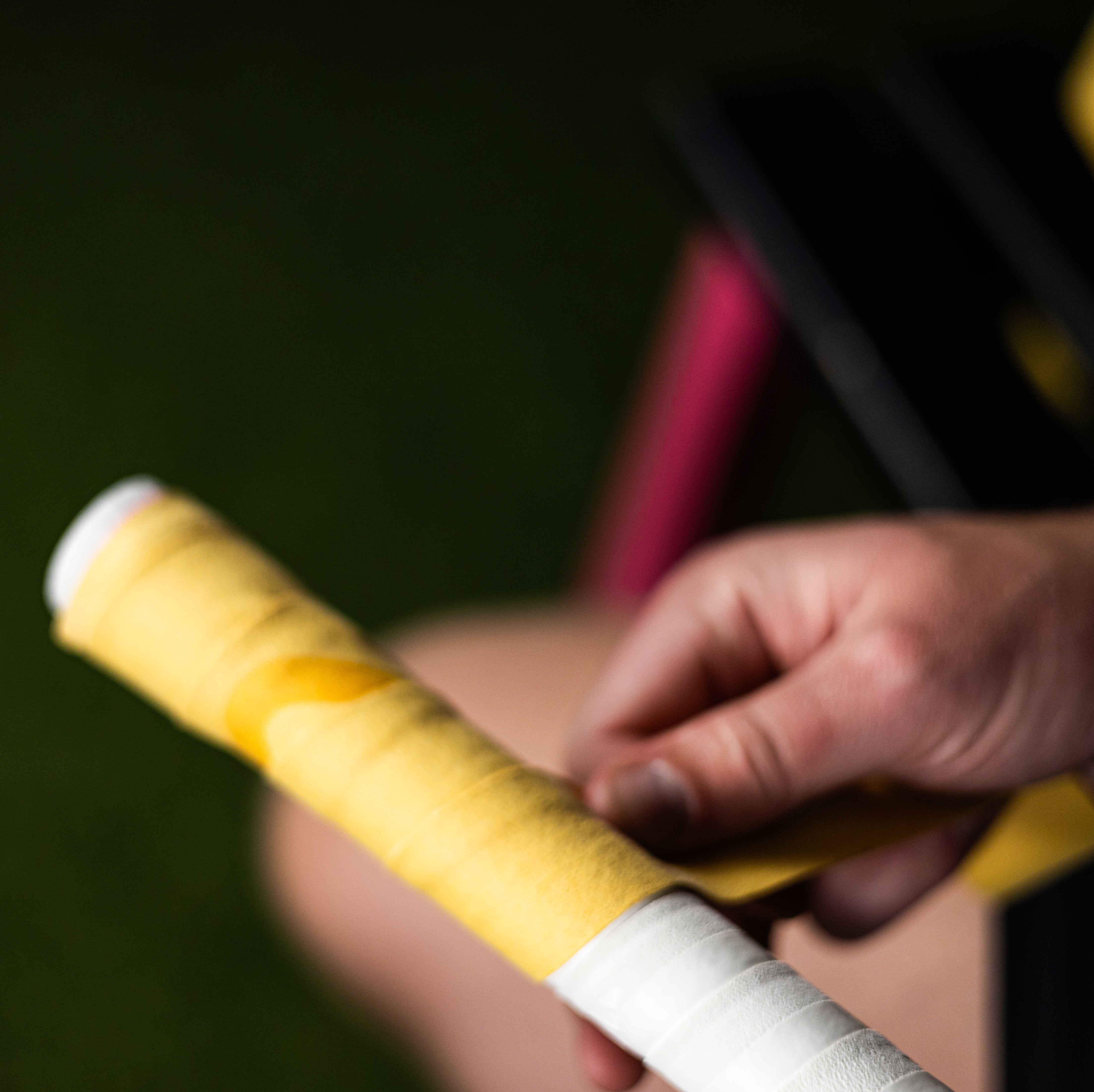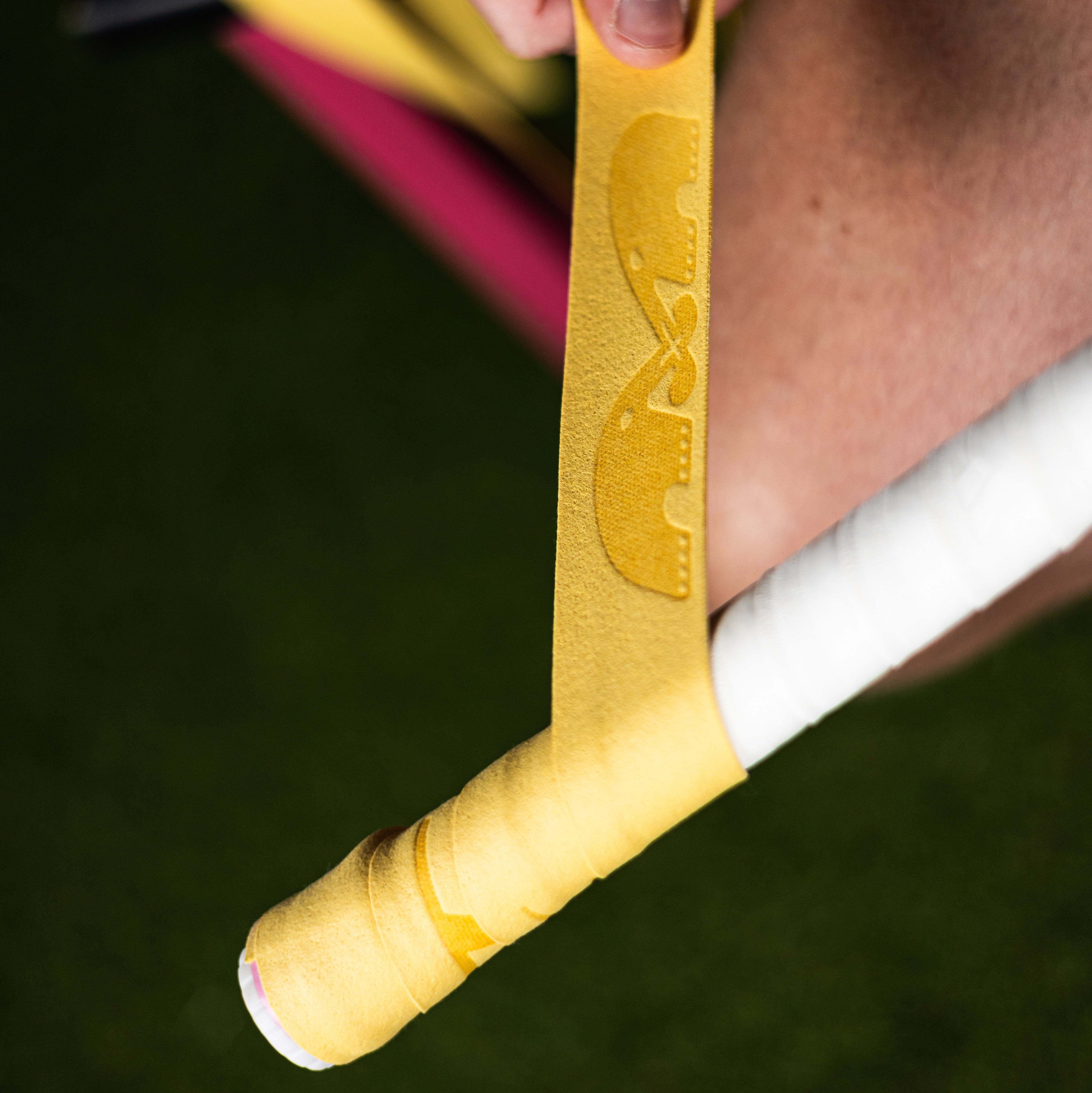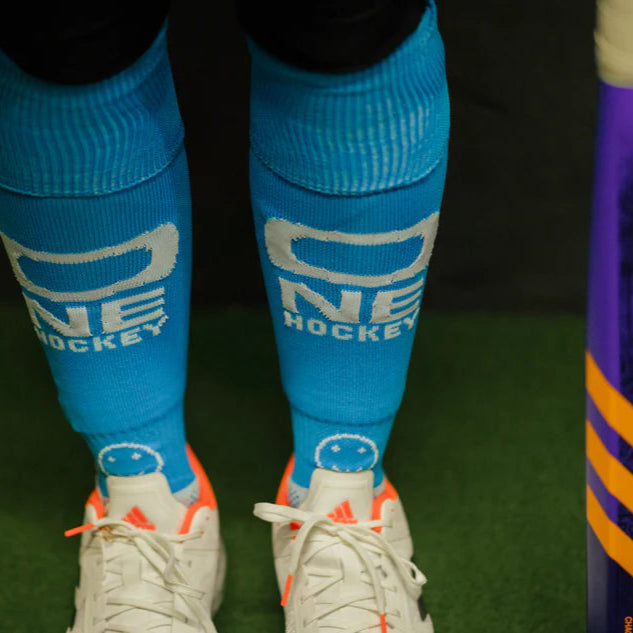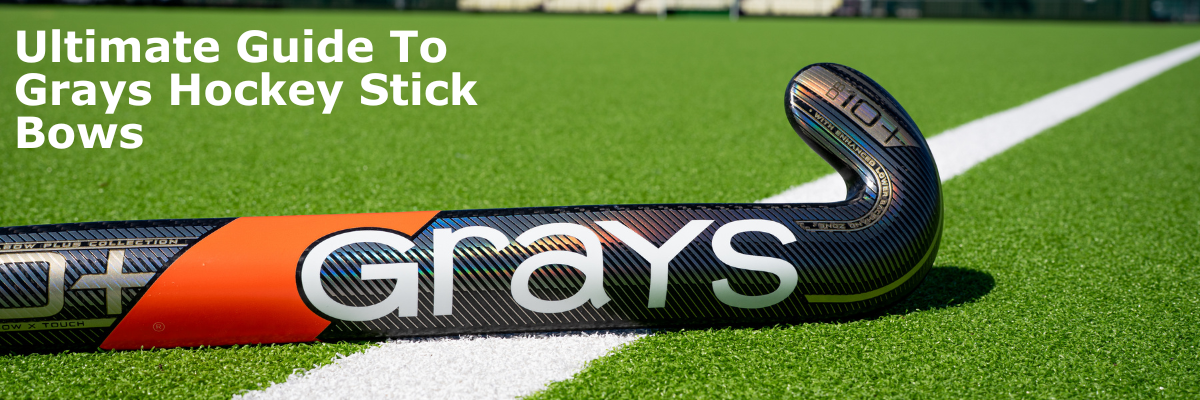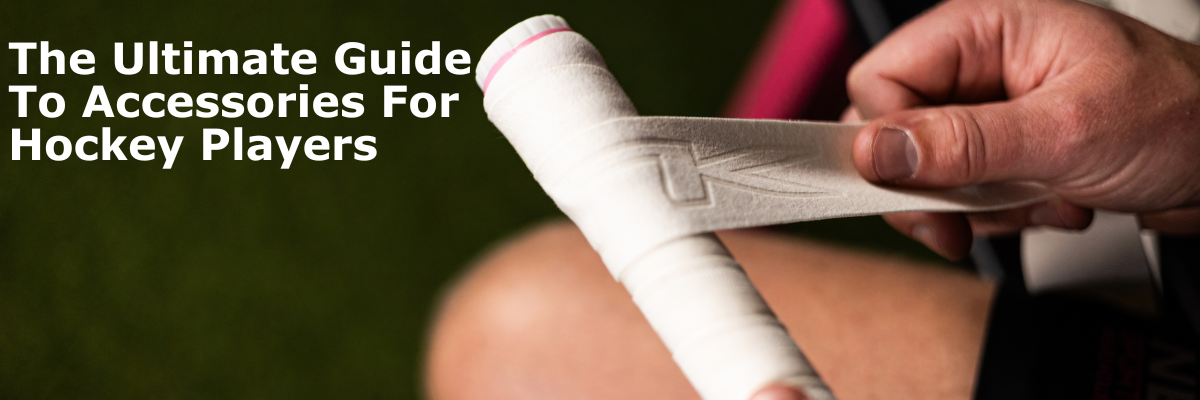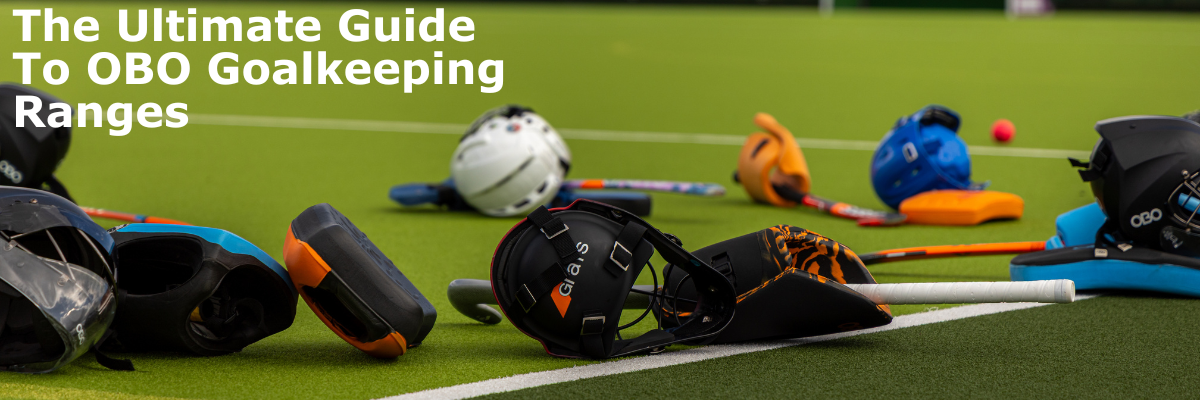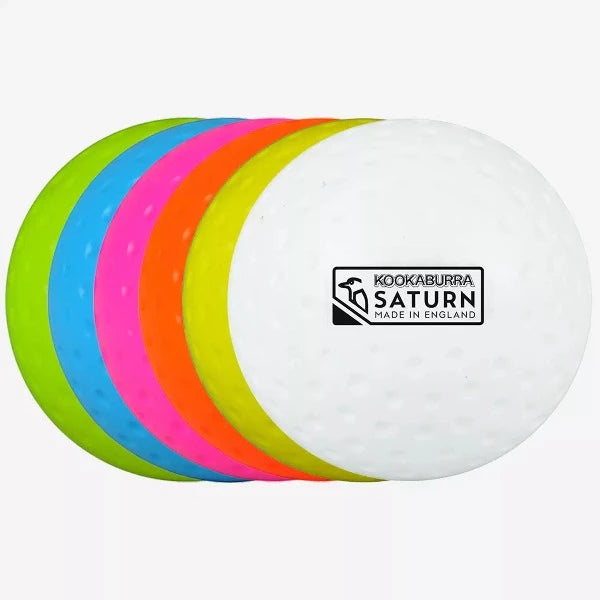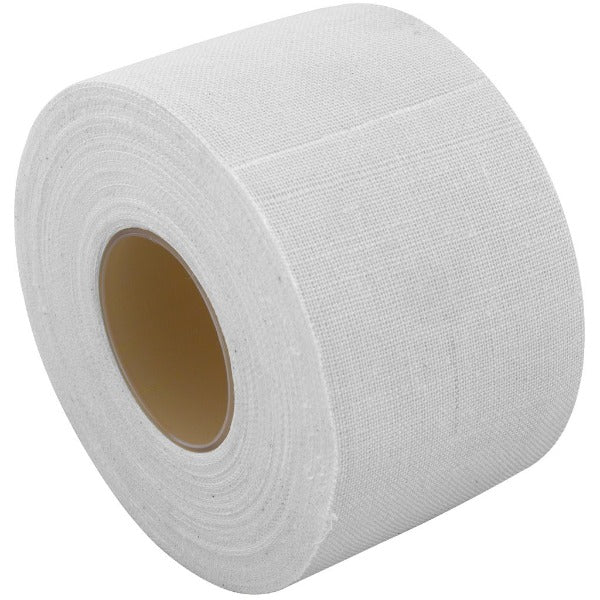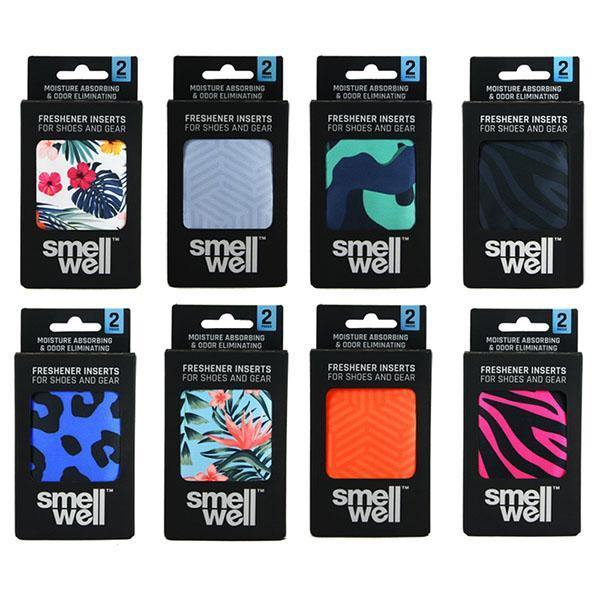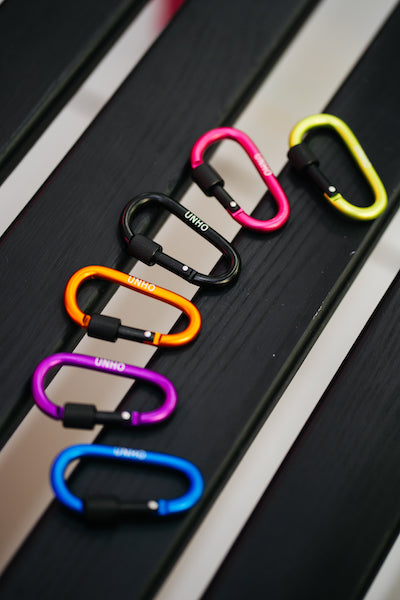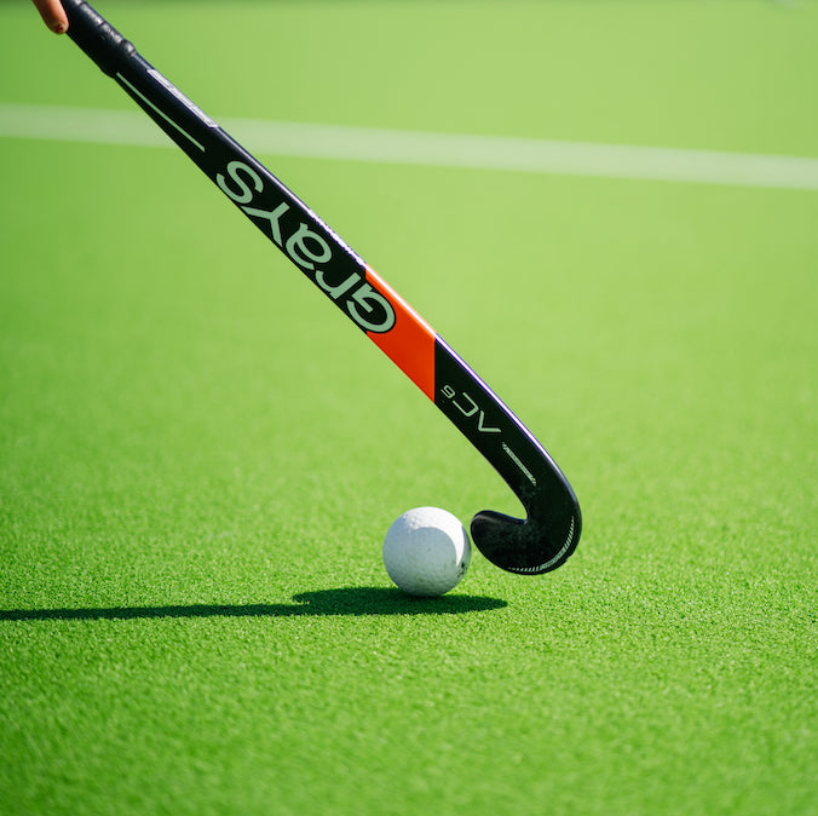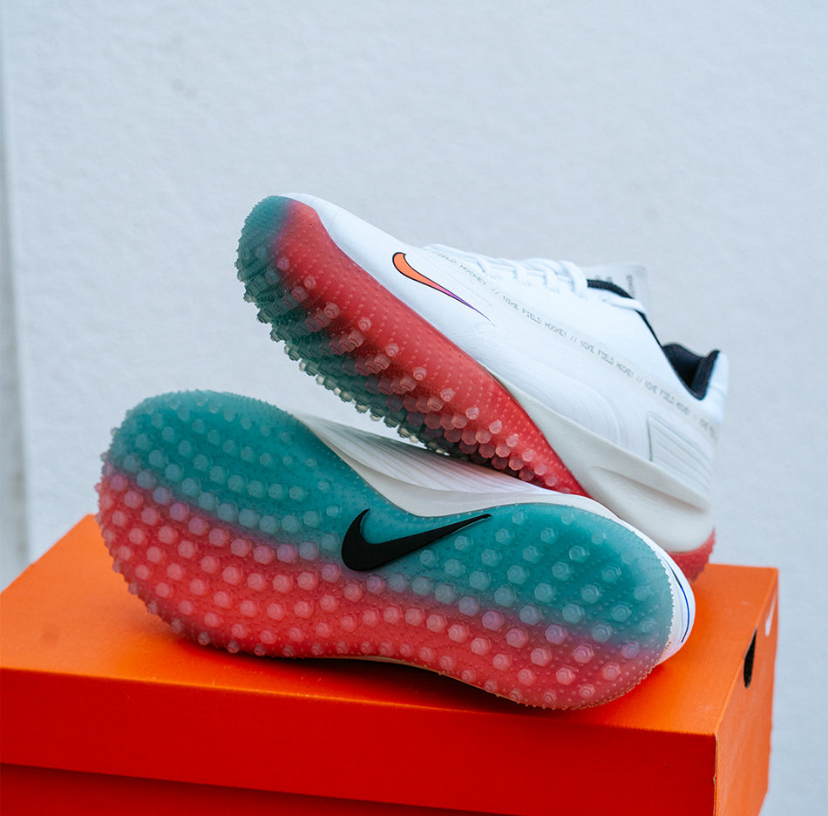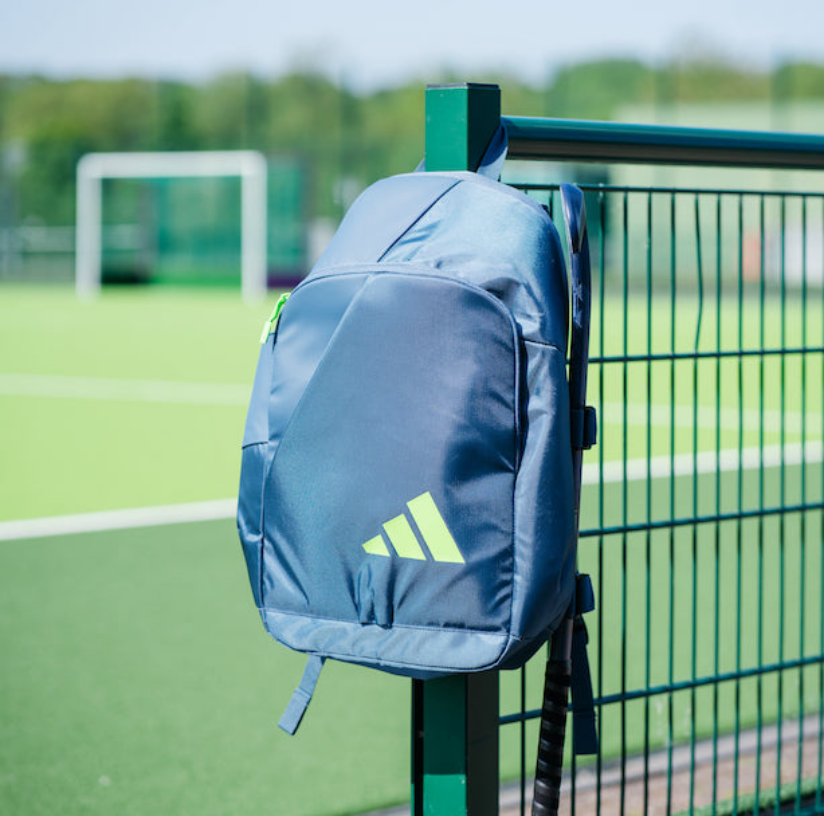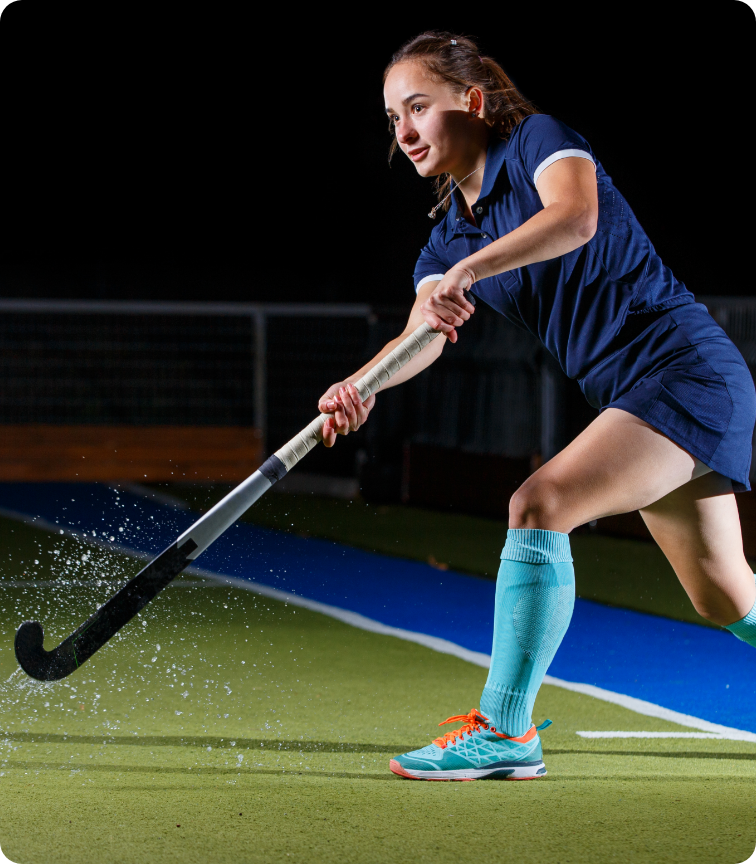What Are Hockey Sticks Made From?

What are modern hockey sticks made out of? And which one would suit you best?
Modern hockey sticks have certainly come a long way from just being made from wood. And whilst there are still wooden sticks, the modern era has seen a huge shift towards materials such as fibre glass and carbon. But what does having these materials have in your stick mean to you? This is the blog for you!
Below is an explanation of different materials used in sticks and how it effects the way you play.
Wooden sticks
Wooden sticks are certainly aimed more towards the beginner end of the market, and often at junior players (although some senior sticks are wooden too).They are also used a lot for indoor hockey! Wooden sticks are brilliant for players who haven’t developed the power to be able to hit the ball hard enough to justify a stiffer composite stick and are developing their core skills such as passing and dribbling.
Here is an example of wooden stick we currently stock.
Kookaburra Strike Junior Hockey Stick
Fibreglass
Fiberglass sticks are a mid-range adult hockey sticks. They are for players who are developing their skills but also want a stick that has more ability to generate more power when hitting and slapping the ball without losing that all important soft touch.
When moving into fibreglass stick ranges you also get more bow profiles to chose from. For example, you may have one fibreglass stick but with an ultra-low bow profile (for drag flicking) but also have the same stick with a mid-bow range (more for midfielders who may not have the need for low bows).
Below are some examples of fibreglass sticks we currently stock.
TK 3.6 Control Bow Hockey Stick
Carbon
Carbon is certainly the most popular and common material currently in hockey sticks. The reason for this is it provides the player with the ability to hit and slap the ball more effortlessly. Ultimately the more carbon that is in the stick, the stiffer it becomes.
The sticks with the most carbon in doesn’t necessarily mean it’s the best stick for you though (see our guide for which stick is right for you). If you are a player who tends to hit and slap the ball a lot- maybe a defender- then yes, a high carbon stick is going to help you significantly. However if you are a midfielder who tends to dribble more and performs shorter passes then a stick with 50-80% carbon will be more suitable.
Below we have used some of the Y1 range to show examples of sticks with varying levels of carbon in.
Best questions to ask yourself to help you pick your next hockey stick:
-
What type of player are you? How often to do you hit/slap the ball? This will help you decide how much carbon you may need.
-
What is your budget? The higher the carbon the more expensive sticks tend to be!
-
What bow profile will you need? There are multiple bow profiles for every brand of hockey stick now, so this is really important for you to get right. Whether you like to play with a really low bow or whether you prefer a mid-bow stick, there have never been more options for players.
And of course the best way for you to be absolutely 100% sure is to physically try different wooden, fibreglass and carbon sticks out… this is where our 200 square metre hitting area gives you all the room you need to try out our full range of sticks.
For more advice you can use the live chat function on our website or view our helpful guides on hockey sticks.
